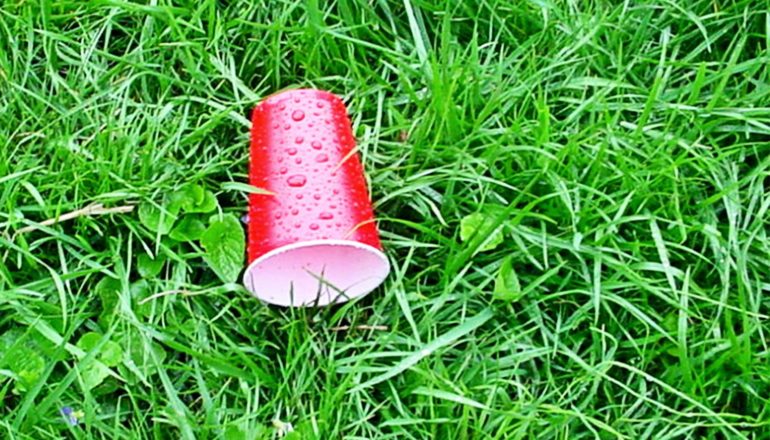
A university-wide social norms marketing campaign reduced high-risk drinking and adverse outcomes of drinking among college students at Michigan State University, according to a new study.
Researchers created the social norms campaign to educate students about actual drinking behavior on campus. When misperceptions are corrected, behavior will change to be more consistent with the actual norm, says Dennis Martell, director of Health Promotion at Michigan State University.
“…the messages are simple, but they’ve worked.”
“The social norms marketing approach assumes that most people conform to the perceived standards of the social groups to which they belong but, in actuality, what’s perceived is often not reality,” he says.
“MSU has almost 20 years of evidence that shows that high-risk drinking and perceptions about drinking have changed on campus. The general misperception is that college-aged students party a lot and make questionable decisions, but the reality is that most students who choose to drink do so responsibly.”

Martell and his coauthors analyzed survey data collected every two years since 2000 and found that perceived drinking norms declined along with measures of actual drinking intensity and frequency. For example, the percentage of students who drank eight or more drinks declined from 27.8% in 2000 to 16.5% in 2014—a 41% decline.
“The results are remarkable because students are continually bombarded with messages that encourage drinking,” says lead author Larry Hembroff, director of research and evaluation for the National Social Norms Center.
“Our campaign consists of materials posted around campus with facts that counter the myths of student drinking; the messages are simple, but they’ve worked.”
The percentage of students who reported driving after drinking declined 58.5%.
One surprising finding is how powerful the messages about using various protective behavior strategies while drinking have been at reducing negative alcohol-related incidents, Hembroff says. Examples of protective behavior strategies are using a designated driver, alternating drinks with water or a nonalcoholic beverage, eating food before or during drinking events, and watching out for friends.
The study shows that the percentage of students who reported driving after drinking declined 58.5%. And driving after five or more drinks declined 83.3%.
In addition to helping change the culture of alcohol use at Michigan State, Martell leads the National Social Norms Center, or NSNC, which provides resources and research on social norms to 12 universities in the US.
“Our vision is to help universities standardize the process of the social norm application on their campuses,” Martell says.
“We now have the research that shows increasing the use of these approaches not only can make a difference in alcohol-related behaviors that take place on campus but can address additional health concerns as well.
The study appears in the Journal of American College Health.
A grant from the Anheuser-Busch Foundation established the NSNC at Michigan State in 2016.
Source: Michigan State University
The post Myth-busting ads cut high-risk college student drinking appeared first on Futurity.
from Futurity https://ift.tt/37szTJa
No comments:
Post a Comment